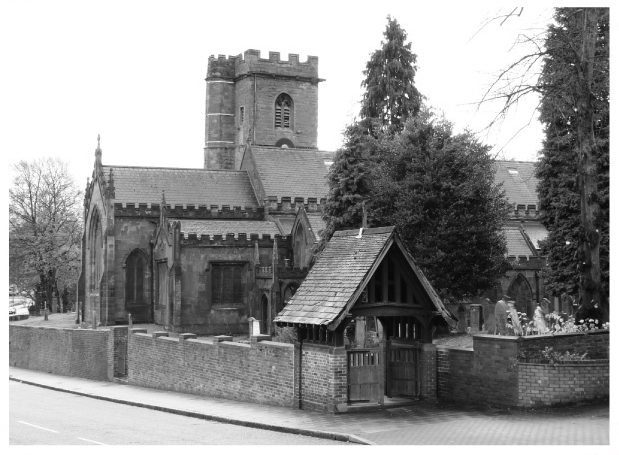It is noteworthy as the resting place of famous progenitors of the industrial age, and has been described as “the cathedral of the Industrial Revolution”.
In its long history, St Mary’s has undergone successive and opinionated reconstruction, especially in 1820 and 1870. As a Staffordshire country church placed at the convergence of several cross country tracks, St Mary’s became a significant part of the largest industrial city in Britain.




We’re open during service hours and occasions , and it is free to come in during general visiting times and to attend services.
Parish Safeguarding Officer: Chris Perry.
Designated Person: Camelia Paton-Devine.
Please contact them through the Parish Office on 0121 554 3407
Contact Details for the Bishop’s Safeguarding Officer: 07342 993 844
or email: StephH@cofebirmingham.com
We are committed to high standards in the safeguarding and care of children, young people and vulnerable adults. Our safeguarding policy can be found here.